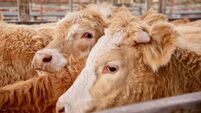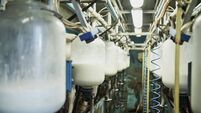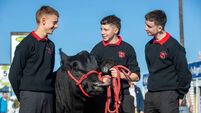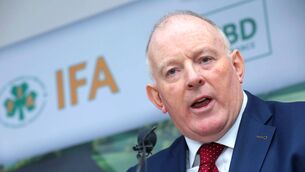Stephen Cadogan: Conditions ideal for store cattle market overheating
As high as prices are here, they are much more affordable for the Northern visitors, according to the Livestock and Meat Commission (LMC) for Northern Ireland.
Of course that is in pounds sterling terms, with the northern farmer getting nearly €1.40 for the pound.










